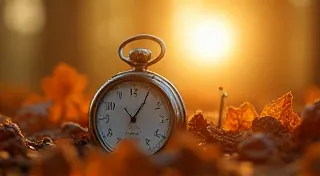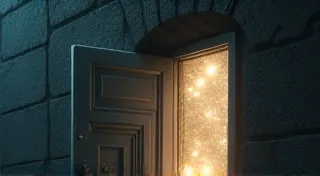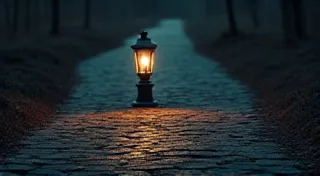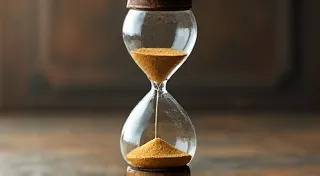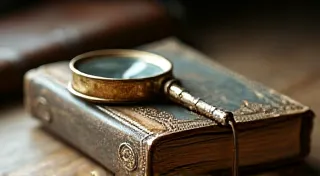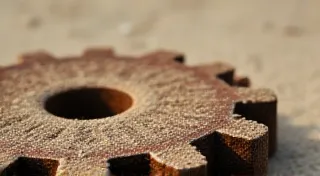The Loom of Loss: A Technical Genealogy of Victorian Hair Art Styles
The faintest scent of lavender and old paper often accompanies my discovery of a new Victorian hair art piece. It's a scent that transcends time, whispering stories of grief, remembrance, and surprisingly, incredible artistry. These aren’t simply “hair crafts,” as the term often simplifies them. They are tangible legacies, deeply entwined with the social, spiritual, and technological currents of the Victorian era – a visual and intensely personal response to mortality.
My fascination began with a small, almost forgotten accordion portrait discovered in an antique shop. It wasn’s the picture itself (a stern-faced gentleman, undeniably Victorian) but the intricate, meticulously arranged strands of human hair woven around his likeness that captivated me. It wasn't a fleeting curiosity; it was a revelation. I began to research, to collect, and to understand the deep history embedded within these delicate creations.
A Pre-Victorian Tapestry of Mourning
To truly appreciate Victorian hair art, we must first look to its predecessors. The practice of incorporating hair into memorial objects is far older than the Victorian period. Ancient Egyptians often wove hair into bracelets and amulets as symbols of connection with the deceased. During the medieval period, particularly in Europe, hair lockets and mourning rings were common expressions of grief. These often contained strands of hair from the departed, providing a tactile and emotional link to those who were gone. Even Elizabethan England saw hair work woven into embroidery and incorporated into samplers – often as a substitute for more expensive materials and as a subtle demonstration of a young woman’s needlework skills.
However, these earlier forms were relatively simple, typically involving single strands or small clusters of hair. The Victorian era would elevate these practices into something altogether more complex and technically demanding. The groundwork for this transformation was laid by the rise of sentimentalism, a burgeoning focus on emotions and individual expression that swept across Europe and America in the 18th and early 19th centuries.
The Victorian Era: A Culture of Mourning
The Victorian era (1837-1901) was marked by an intense preoccupation with death and mourning, fueled by several factors. High infant mortality rates, frequent outbreaks of disease, and the realities of industrial life meant that death was a constant companion. Queen Victoria’s own prolonged mourning following the death of Prince Albert in 1861 profoundly influenced the era’s mourning customs, setting a standard of public displays of grief that became deeply ingrained in society. Complex rituals developed, including specific periods of mourning, prescribed clothing colors (black being the dominant hue), and the creation of memorial objects – including the now iconic hair art.
Furthermore, technological advancements played a crucial role. The burgeoning industrial revolution brought about new tools and techniques, including improved needlework tools, more readily available frame-making supplies, and even the development of hair dyes – allowing for subtle shading and highlighting within the hair art.
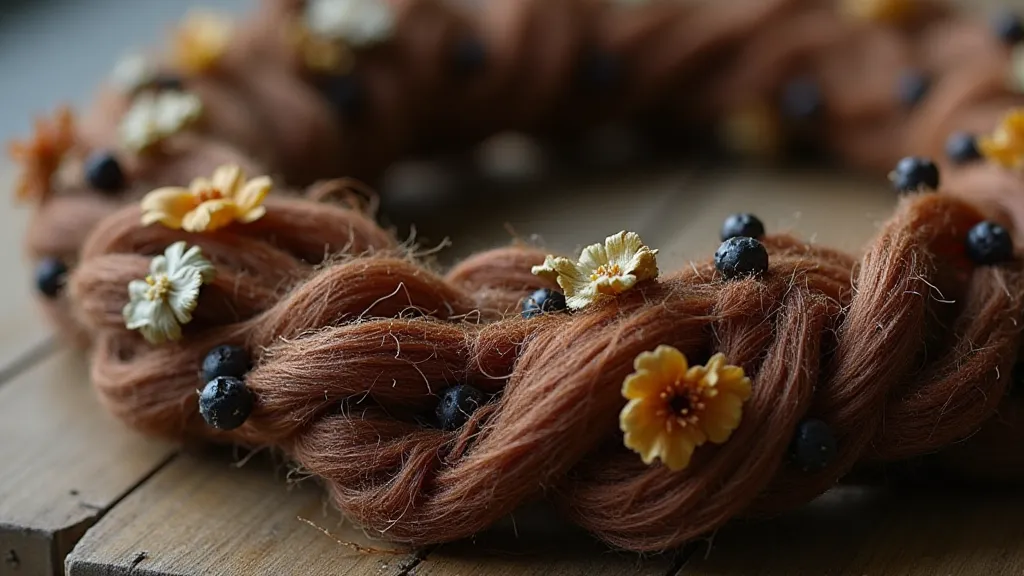
Early Victorian Hair Art: The Dawn of Complexity
Early Victorian hair art, roughly from the 1830s to the 1850s, saw a gradual shift towards greater complexity. While simple lockets and bracelets incorporating hair remained popular, artisans began to experiment with more elaborate designs. “Rosettes” – circular arrangements of hair secured with a central pin – became increasingly common. The technique of “hair shading,” achieved by carefully layering strands of varying darkness, began to appear, adding depth and dimension to the designs. Often, these early pieces were framed in ornate, often silver-plated, oval frames.
The tools of the trade were deceptively simple: fine needles, scissors, embroidery thread, and often, a small magnifying glass to aid in the intricate work. The hair itself was typically sourced from the deceased or, in some cases, generously donated by living relatives.
The Mid-Victorian Zenith: Accordions, Profiles, and Mourning Pictures
The mid-Victorian period (1850s – 1870s) witnessed the peak of hair art's popularity and technical innovation. This era gave us the beloved "accordion" portraits – intricate, multi-layered portraits built up from painstakingly woven hair strands that, when opened, revealed a hidden image or inscription. Creating these required exceptional skill and patience; a single accordion portrait could take weeks, even months, to complete.
“Profile” pieces, representing the deceased in side view, also flourished. These demanded a keen eye for detail and an understanding of perspective – something not commonly associated with what might be perceived as a “craft.” Mourning pictures – often depicting scenes of grief, angels, or religious iconography – were also created, subtly incorporating strands of hair into the design. These offered a more abstract and artistic expression of mourning, appealing to a broader range of tastes. The desire to capture a sense of permanence and remembrance led artists to explore increasingly sophisticated methods, some of which bordered on the spiritual – and it’s intriguing to consider how these artistic endeavors tied into the broader Victorian quest for immortality, as explored in detail in Spectral Portraits: Hair Art and the Victorian Quest for Immortality.
The artistry involved was frequently astonishing. Hair was used not just as a decorative element but as a medium to sculpt, shade, and create textures. It was curled, straightened, braided, and woven with incredible precision. The practice of "hair painting" - creating images entirely from hair – became a rare and highly prized skill.

Late Victorian and Beyond: A Gradual Decline
The late Victorian era (1870s – 1901) saw a gradual decline in the popularity of hair art. Several factors contributed to this shift. Changing social attitudes towards public displays of grief, the rise of photography as a more accessible and affordable form of memorialization, and a general move away from overtly sentimental expressions of mourning all played a role. While hair art continued to be created, it became less common and often simpler in design.
The rise of Art Nouveau, with its flowing lines and organic forms, influenced some later hair art pieces, but the core principles of Victorian mourning traditions remained. Even into the early 20th century, smaller hair lockets and bracelets continued to be produced, but the large-scale, technically complex pieces of the mid-Victorian period became increasingly rare. The delicate intertwining of botanical elements with hair often occurred, exemplifying the artistic sensibilities of the period – further investigation into this can be found in Botanical Whispers: Integrating Flora and Hair in Victorian Design.
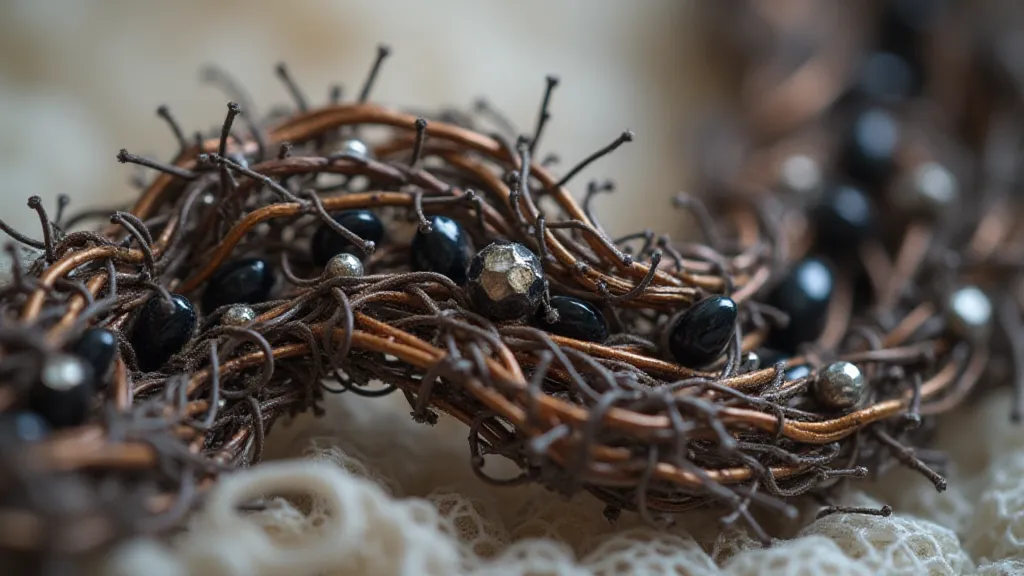
Preserving the Legacy: Restoration and Collecting
Today, Victorian hair art pieces are treasured as historical artifacts and poignant reminders of a bygone era. Restoring these pieces requires a delicate touch and a deep understanding of the materials and techniques involved. Cleaning should be minimal, focusing on removing surface dust and grime. Damage, such as broken strands or loosened frames, should be repaired with care, using conservation-grade adhesives and materials.
Collecting Victorian hair art can be a rewarding but challenging pursuit. Prices vary widely depending on the size, complexity, and condition of the piece, as well as its provenance (history of ownership). Authenticity is also a crucial consideration, as reproductions and fakes do exist. Careful research and consultation with experts are essential for any serious collector. The story behind these pieces are often obscured, hinting at the challenges and mysteries associated with safeguarding these fragile narratives – as highlighted in The Collector’s Shadow: Hidden Stories in Victorian Hair Art Collections.
More than just beautiful objects, Victorian hair art pieces are tangible links to the past, offering a glimpse into the hearts and minds of those who lived and mourned in a vastly different world. They are testaments to the enduring human need to remember and to honor those who have passed on – woven into existence, strand by fragile strand. The complex emotions and subtle narratives within these pieces reveal a profound truth about a society grappling with loss and seeking solace in artistic expression, ensuring that the memory of loved ones remains woven into the fabric of history.
